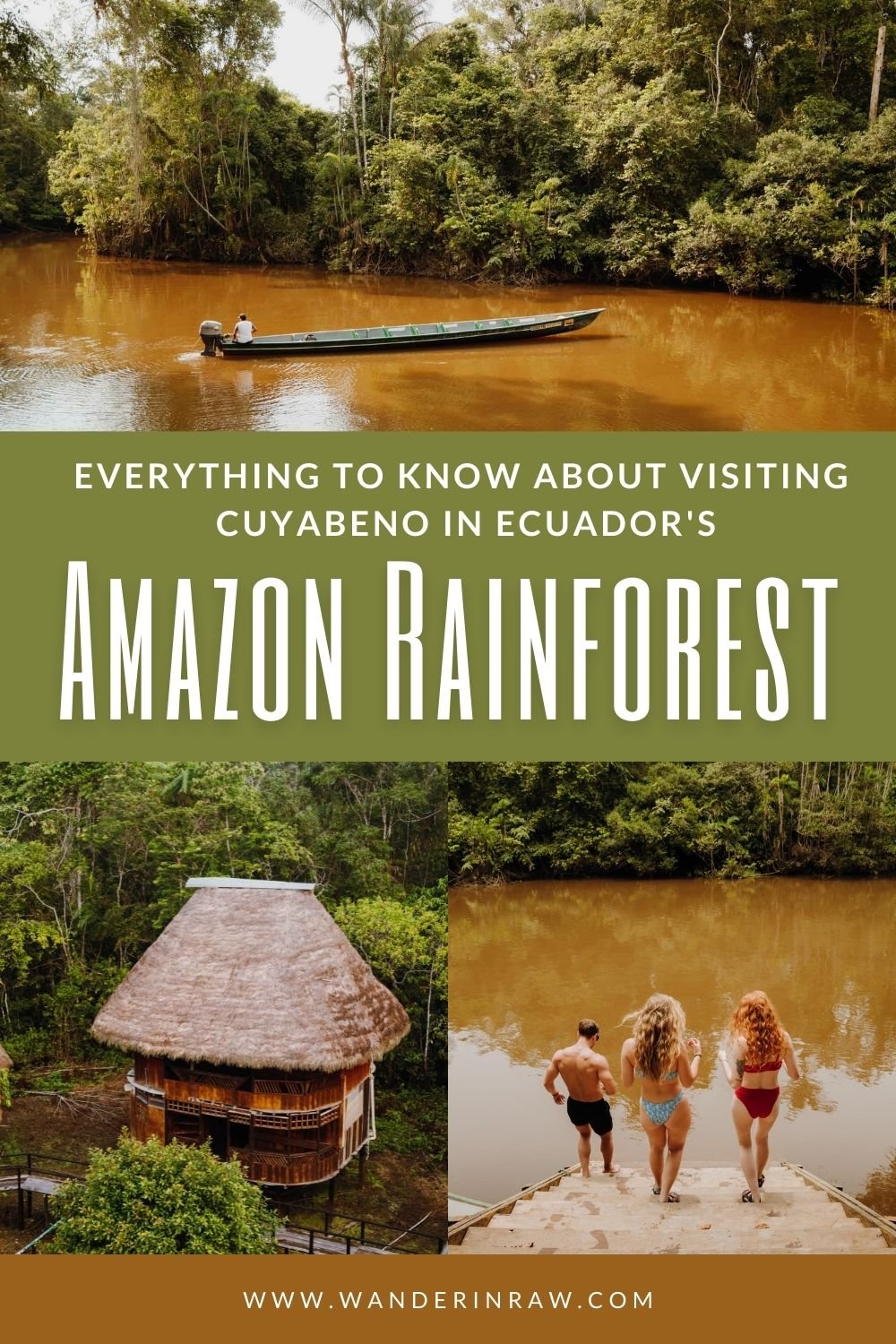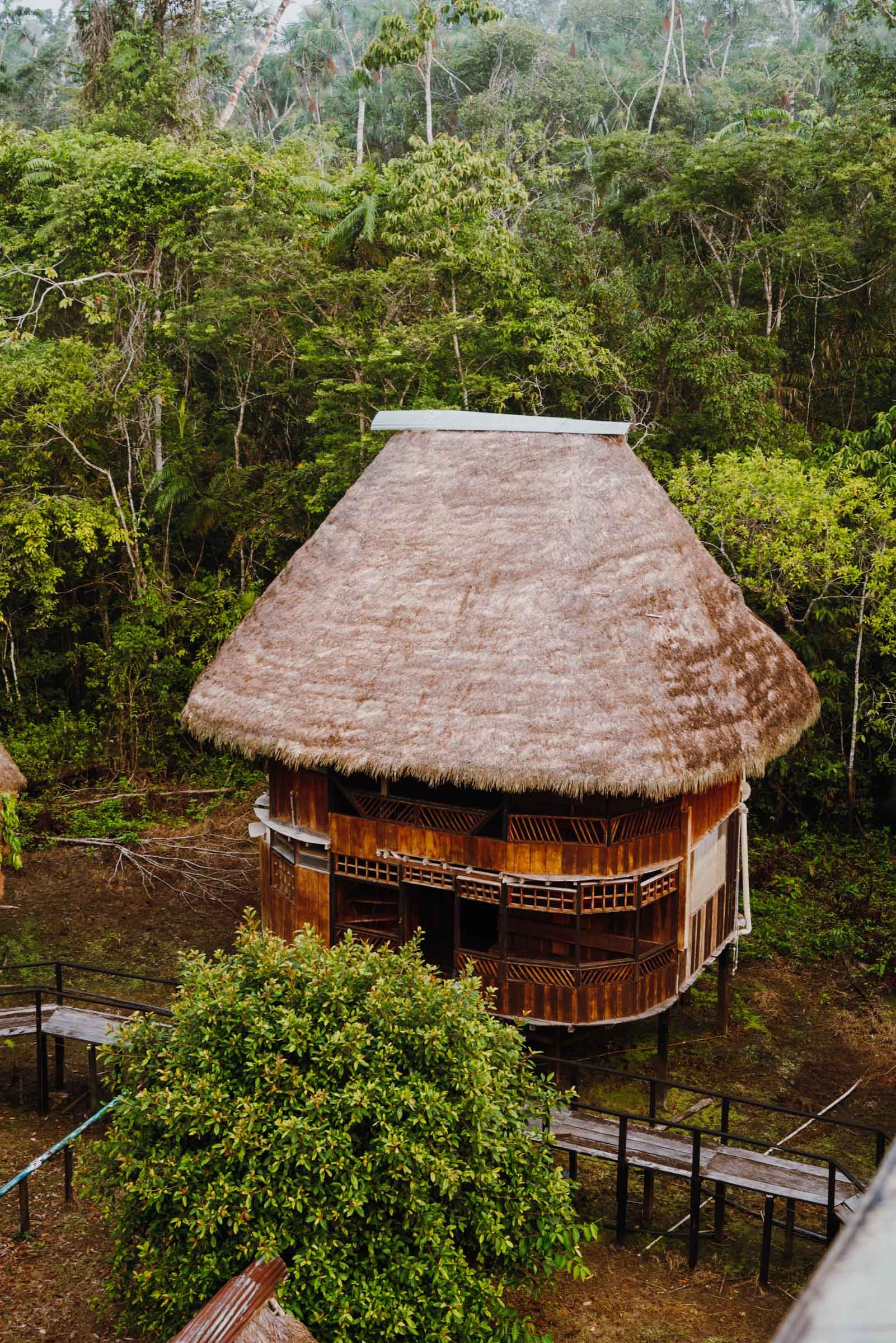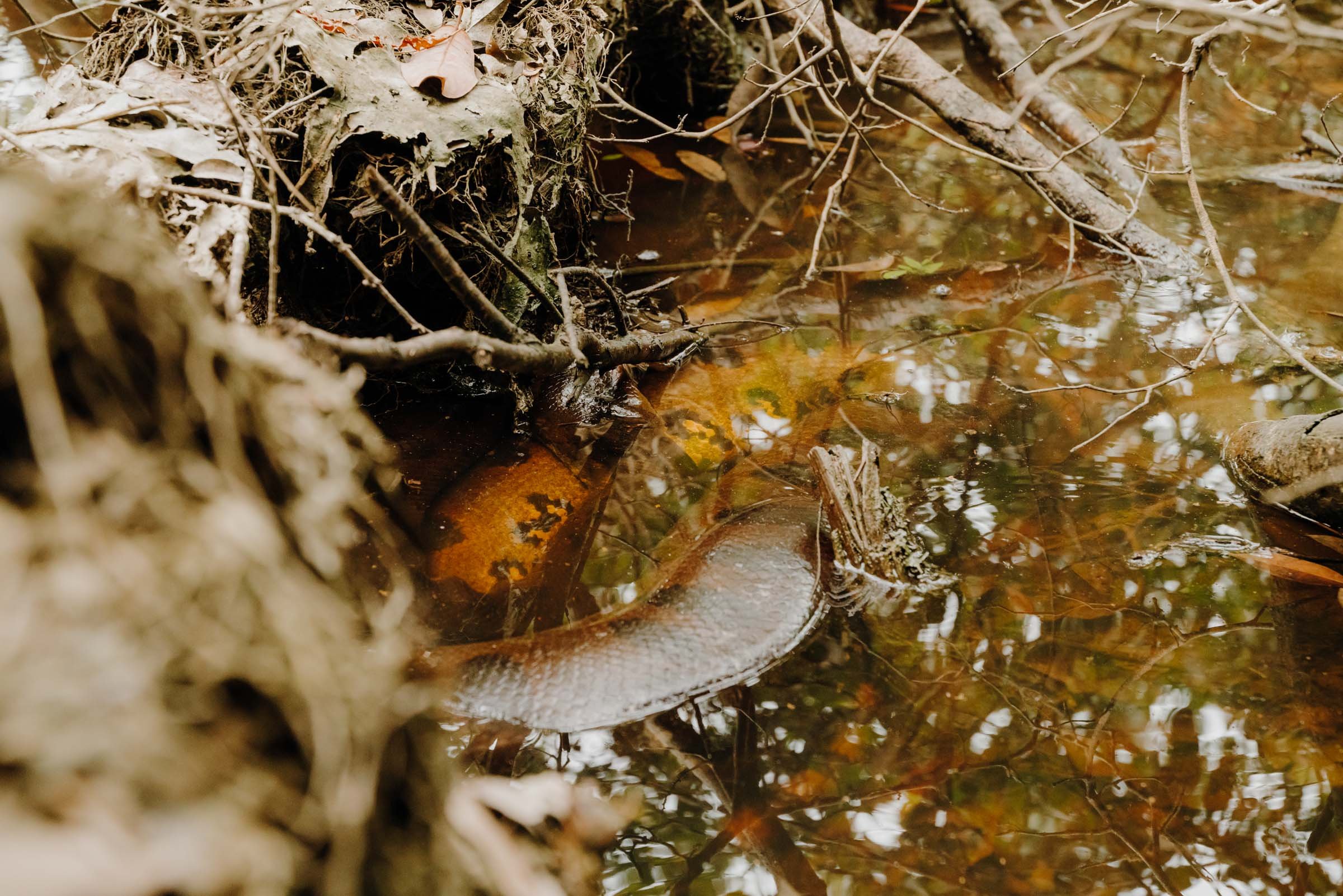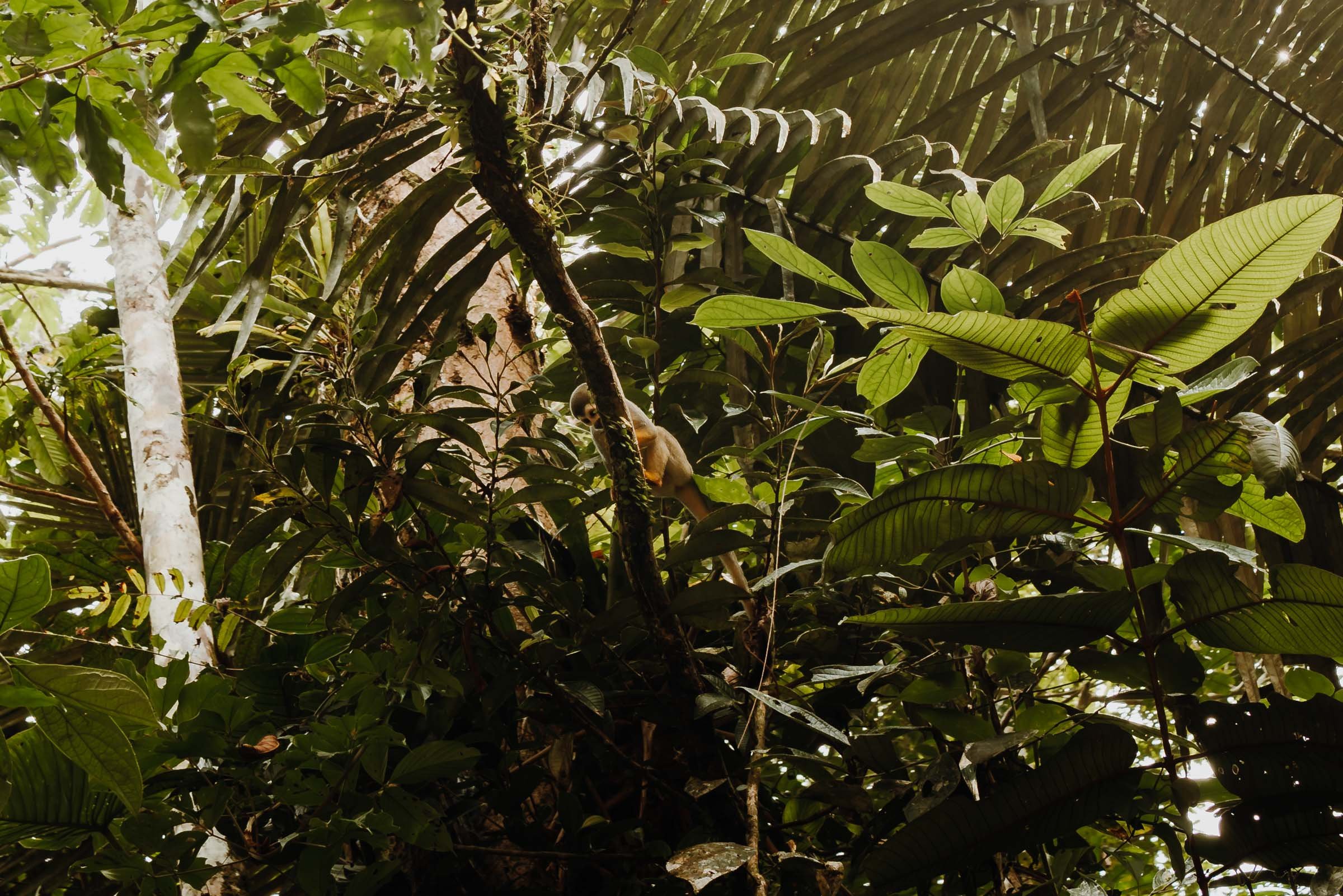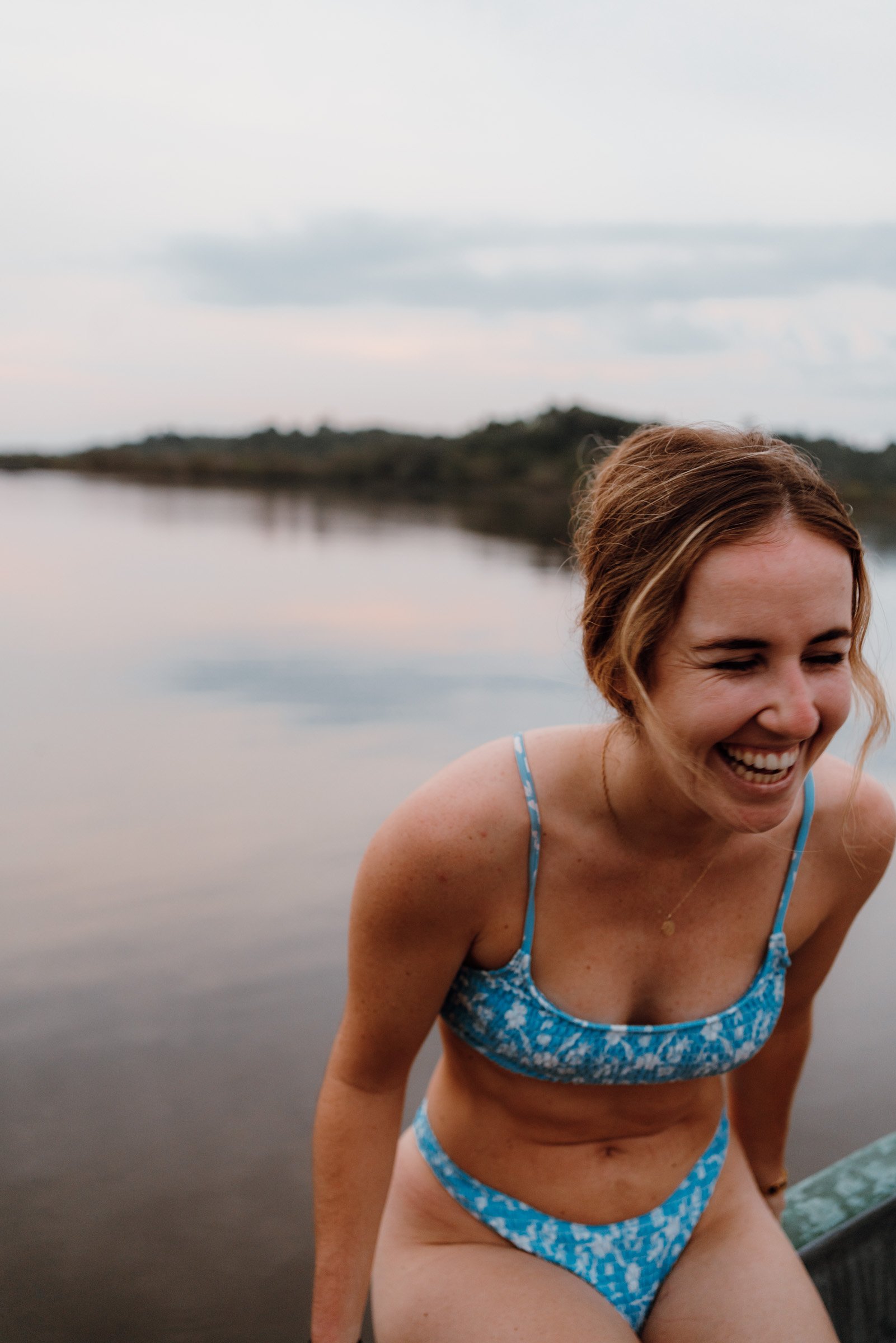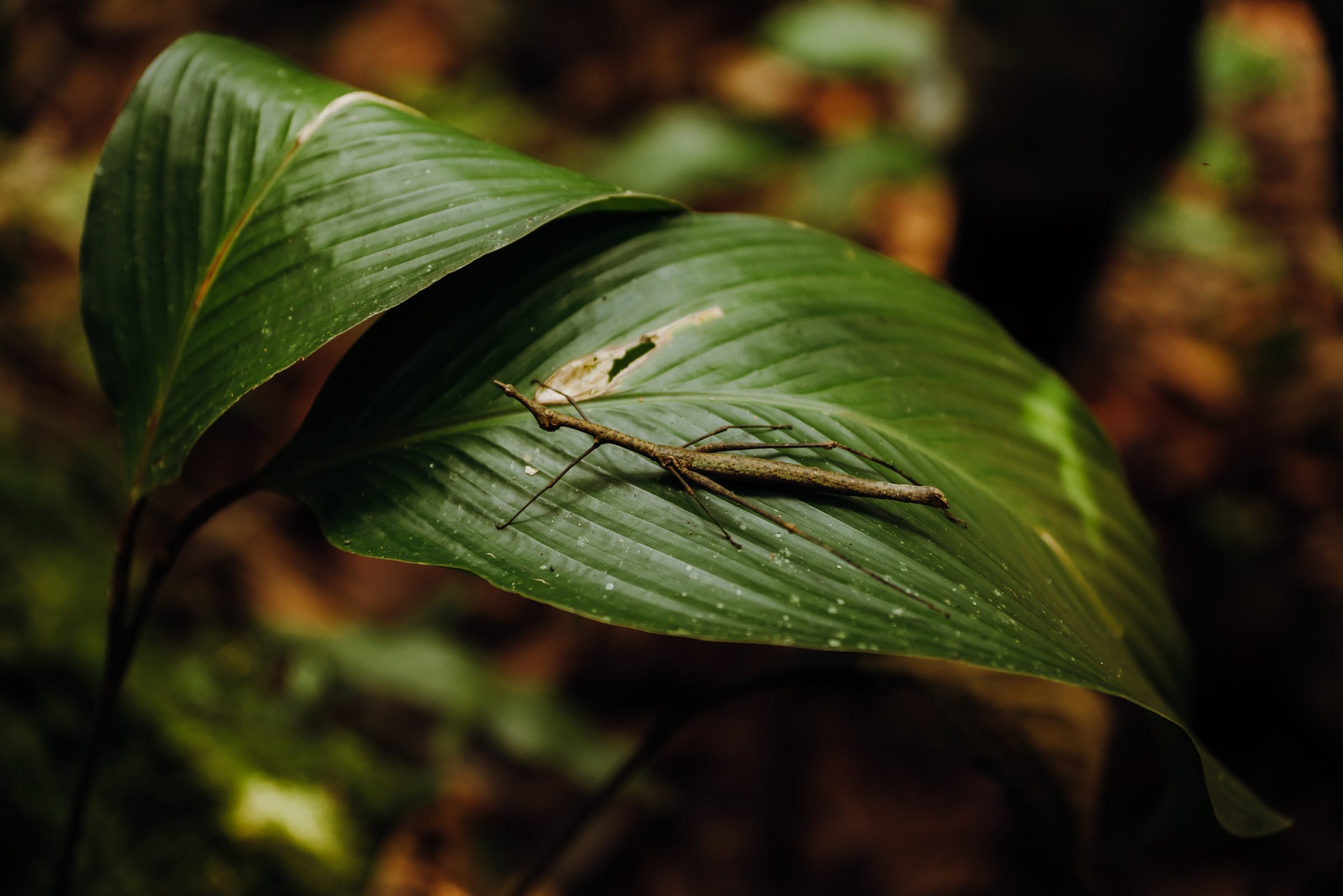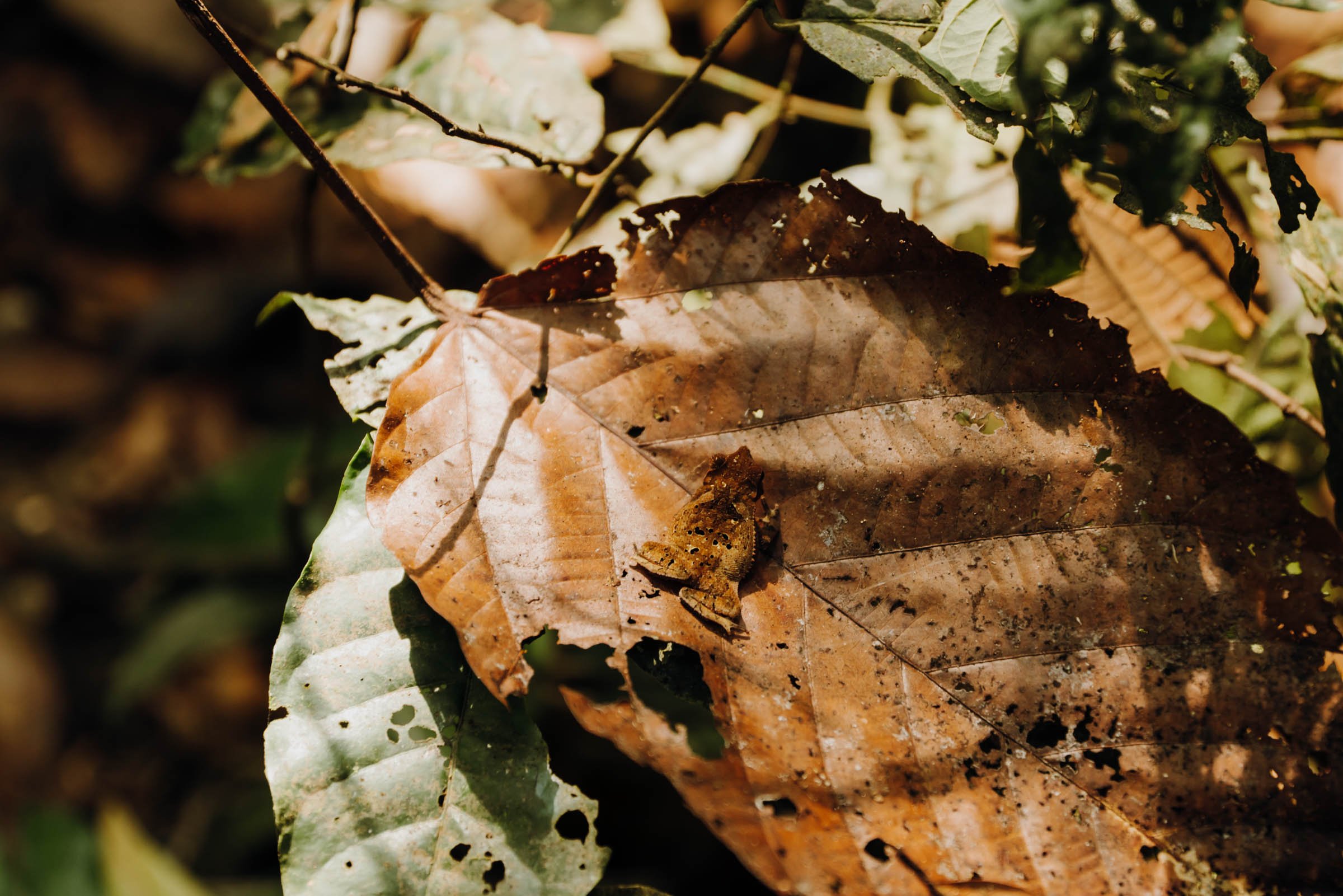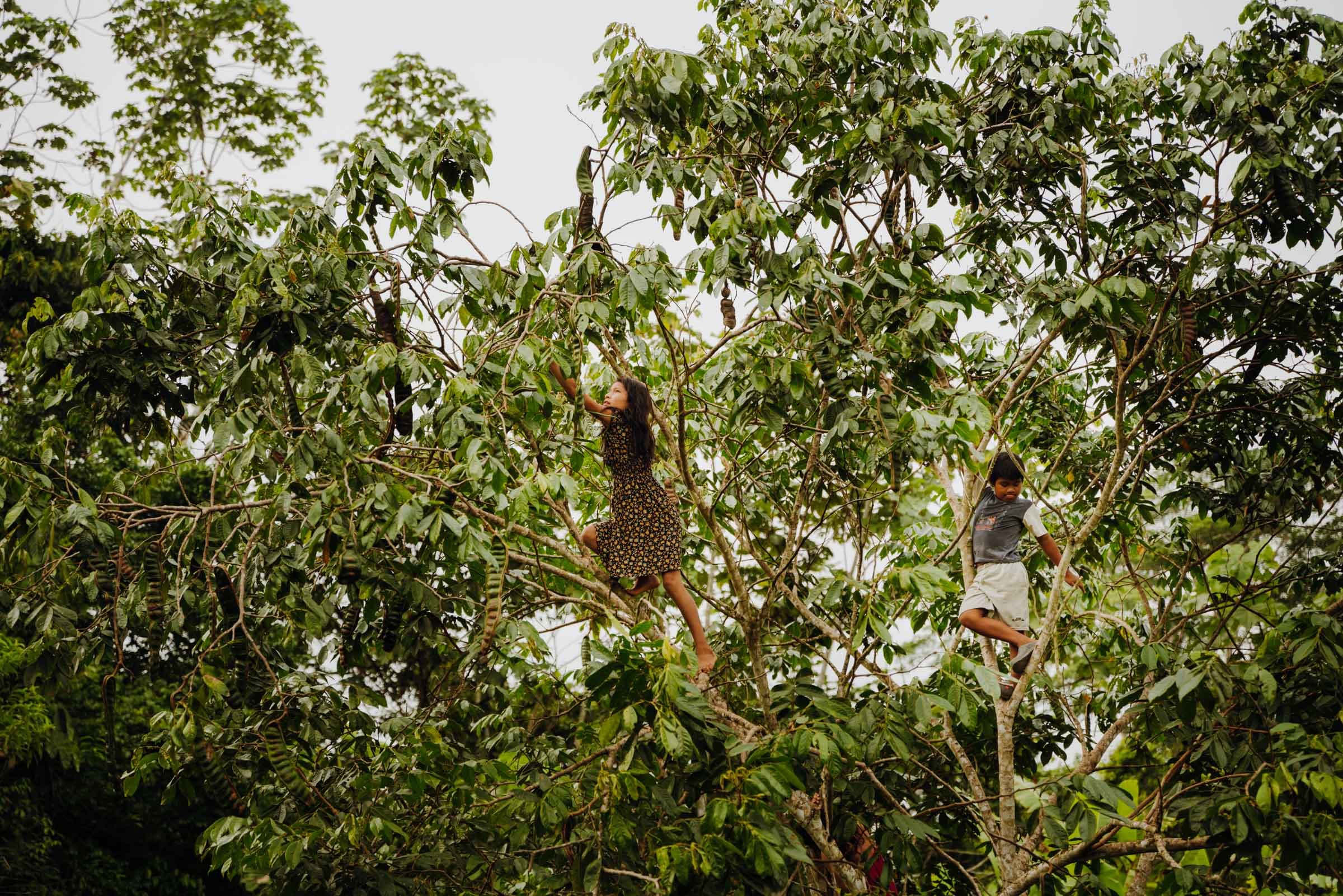Cuyabeno is the Best Wildlife Reserve in Ecuador’s Amazon. Here’s why.
At the foot of Ecuador’s Andes lies 1,490,000 acres of Cuyabeno Wildlife Reserve teeming with thousands of species of flora and fauna, making it one of the most biodiverse places in the world! I’m talking 10 species of monkeys, tapirs, pumas, two species of dolphins, anacondas, caymans, piranhas, about 350 fish species, over 580 species of birds, and so much more. Here’s everything you need to know for an epic time in Ecuador’s Amazon.
Table of Contents
I love recommending the gear and stays that I'm stoked about and use on the regular. As such, this post contains affiliate links to some of the products I love, and I'll receive commission upon any purchases made through those links at no expense to you.
At a Glance
Location: Eastern Ecuador
Size: 1,490,000 acres
Wildlife: 500 species of birds, 350 species of fish, and 100 species of mammals.
Indigenous tribes: Siona, Secoya, Cofán, Quichua, and Shuar
A naturalist guide is required to experience Cuyabeno, and honestly, I don’t know what I’d do without our homey, Willian. We learned SO much during our 4-day, 3-night adventure, including what ants to eat, healing tree milk, and more. We also wouldn’t have seen half the animal sightings if it weren’t for his keen eye. It’s so comforting to have a knowledgeable naturalist along with you every step of the way to answer your questions, learn about the Amazon’s wild ways, and to jump into Piranha-infested waters first so you know it’s safe ;)
Lodges
There are plenty of lodges to choose from and all offer nearly the same activities–you really can’t go wrong! You know me, I like the best bang for my buck, so I went with the Guacamayo Ecolodge (booked through Green Go Travel–punny, I know). Guacamayo translates to Macaw, of which we saw many flying overhead during our time there!
Our 4-day, 3-night package came to $320/person and included:
Round-trip bus transfer.
Canoe rides.
Meals (many of which were 2-3 courses)
Water, coffee, tea.
Daily excursions
Naturalist bilingual guide (English or Spanish).
Rubber boots and raincoats for the tour.
What to expect at your ecolodge:
Get ready to unplug! There’s no internet or cell service.
Unlimited clean drinking water, coffee, and tea are provided.
Mosquito nets cover all beds and windows.
Yes, there are bugs, but the mosquito nets help keep them out of your bed. Keep your packs in the heavily bug-sprayed cabinet and they should stay clear of most squatters. Pro tip: Don’t leave any food in your room. You’ll thank me later.
There’s no hot water. It’s hot and muggy outside, so a nice cold shower actually felt really good!
The shower water is filtered river water pulled from right outside your lodge. It’s clean to shower in, but just like the tap water, don’t drink it!
There are common spaces to hang out in: Guacamayo Lodge has a hammock area, a bird-watching tower, an elevated river-viewing platform, and a common dining area where we spent most of our time!
There is power at Guacamayo Lodge from 5-10pm. During this time frame, you can flip on your lights to get ready for bed and charge all your batteries. You won’t want your lights on much longer than that, promise! It attracts bugs :)
We had such an amazing time at Guacamayo Ecolodge! We weren’t totally sure what to expect going into it, but it quickly became one of our all-time favorite adventures in Ecuador. We had the place almost entirely to ourselves with the exception of one family and a couple who we got to know well! The cabin we called home for three nights is open-air but with bug netting on every window, the ceiling, and another bug net for over the bed. There are cracks in floorboards and around the doors, but that’s all part of being in the Amazon! Be prepared to see a bug or 100, but good news: none ever crept into my bed!
You know what’s wild? On our entire four-day trip in February, we saw maybe 10 mosquitos. We found they know how to find our ankle veins, so we continued to use bug spray at least down there, but other than that, the lodge was basically mosquito free. I couldn’t believe it.
Note: You will be doing everything on your itinerary, but it may be in a different order upon arrival. They group travelers together so we can experience everything together.
How to Get to Cuyabeno
Buckle up and settle in–it’s a LONG journey to Ecuador’s Amazon, but it’s SO worth it, I promise!!
From Quito, you’ll hop on a night bus (leaving between 11 p.m. and 12 a.m.) for a 10-hour bus ride to Lago Agrio. The websites all say eight hours, I know, but prepare for 10. You can imagine our faces when the bus driver said, “Okay, we’ll be in Lago Agrio in about 10 hours,” when we were told eight up until that point. Feelings of regret, helplessness, and anxiousness crept in, but I pushed them down with a few gummy worms and told myself I’d sleep the whole way, which actually kind of worked.
The roads to Lago Agrio are windy and a bit sketchy, and the driving a little wild compared to what I’m used to in the US. There aren’t many rules–if they can squeeze between two cars going in opposite directions to gain an extra kilometer per hour, they’ll do it. If you get carsick, I’d recommend bringing some sort of motion sickness pill like Dramamine just in case!
The drivers are super kind about stopping along the way for snacks, a pee break, etc. Do clarify if you want a bathroom or the side of the road, though.
Once in Lago Agrio, we switched to a second bus (also a surprise to us), for another two-hour bus ride to a riverside traveler stop, where we hopped in our canoe for another two hours to our lodge.
How Long Should You Stay in Cuyabeno?
We stayed for 4 days, 3 nights, and it felt like the perfect amount of time!
Activities in Cuyabeno Wildlife Reserve
Canoe Safaris
Canoes will be your main form of transportation during your time in Ecuador’s Amazon. Don’t worry, you don’t have to paddle them! You’ll have a skilled driver in the back, propelling you down the Cuyabeno River by motor.
This is how you’ll get to your lodge, each tour, and do a lot of your wildlife spotting! We saw five species of monkeys via canoe–some more than once–as well as pink dolphins, an anaconda, toucans, macaws, stinky turkeys, pendulum birds, caymans (alligators), herons, bats, and more!
When Willian said, “jump in!” I was like WUT?? Really? What about piranhas? “They’re down too deep,” he said. What about the anacondas? “They like the shallow muddy water, you’re good!” What about… everything else?!?!?!
He jumped in and I took a deep breath and followed. Happy to report I swam two different times and made it out alive :) That’s one thing I thought I’d never do!
Amazon Jungle Day Hike
Willian led us on a 3-mile (or so) loop through the Amazon jungle to get up close and personal with wildlife. “Stay close, don’t touch anything,” he said as we got off our canoe somewhere along the Cuyabeno river. We started down a trail in the humid heat, leaves and plants brushing up against us on all sides. So much for not touching anything.
I’ve watched all those documentaries about all the ways you can die in the Amazon–you bet my anxiety was running wild. I had to remind myself that my life was in the trusted hands of an experienced naturalist and people do this ALL the time. I had nothing to worry about.
The hike took us through deep, swampy mud patches that we tried to avoid by balancing on top of fallen trees. The jungle was lush and green in every direction, teeming with wildlife that surrounded us with unfamiliar sounds. We walked over a puma track in the mud. It was AWESOME.
Somewhere along the way, Willian put a stick into a hole and pulled out a bullet ant, named for its painful sting often compared to–you guessed it–a bullet. We walked over thousands of leaf cutter ants, which was the highlight of my jungle hike. So rad to see them in real life!
One of our new traveler friends, Sophie, kept asking, “Can we eat that? Are those edible?” Next thing we know, we’re eating live lemon ants out of a pod Willian popped open. Yep, they actually taste like lemon!
Then, we walked over to a tree, which to me looked like all the other ones in the Amazon Rainforest, but to Willian, this tree has healing powers. If your stomach is upset, drink a little of its tree milk, collected from puncturing a hole in its bark, and you’ll feel better! It tasted a bit like mosquito repellant, and the consistency was thick and a little gooey. Yummmm.
Amazon Night Walk
Another popular Amazon activity is night walking! We pulled up to another unknown spot on the Cuyabeno River just as the sun was setting, threw on our ponchos because a storm decided to keep us company, and set off into the jungle at night, headlamps on high beam.
Unfortunately, most animals like to hide in the rain, but we did see an impressive selection of massive crickets, adorable frogs, sleeping dragonflies, and some pretty scary spiders, including the whip scorpion–I recognized it from Harry Potter’s dark arts class.
This was a shorter 1-hr walk and I was SO thankful I wore a massive poncho given how many plants I brushed up against that night. I don’t mind bugs as long as they’re not on me!
Indigenous Community Visit
This is where packages begin to differ. Most take you to an indigenous community to get a peek at their culture and traditions, but every community is different. We had the privilege of visiting the Siona tribe where Yucca is a big part of their livelihood. We participated in making Yucca bread by harvesting Yucca root, peeling its skin, and shredding it.
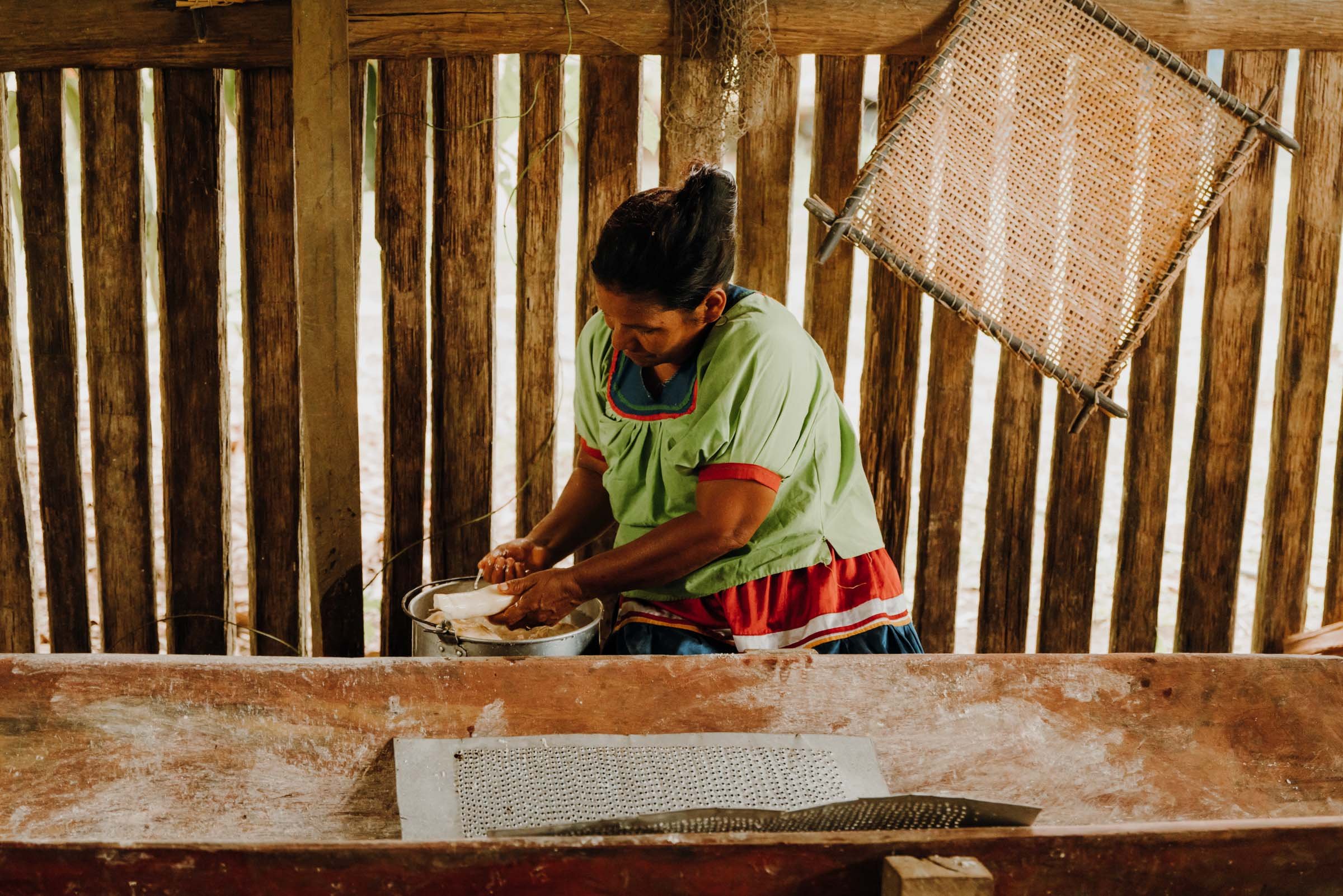
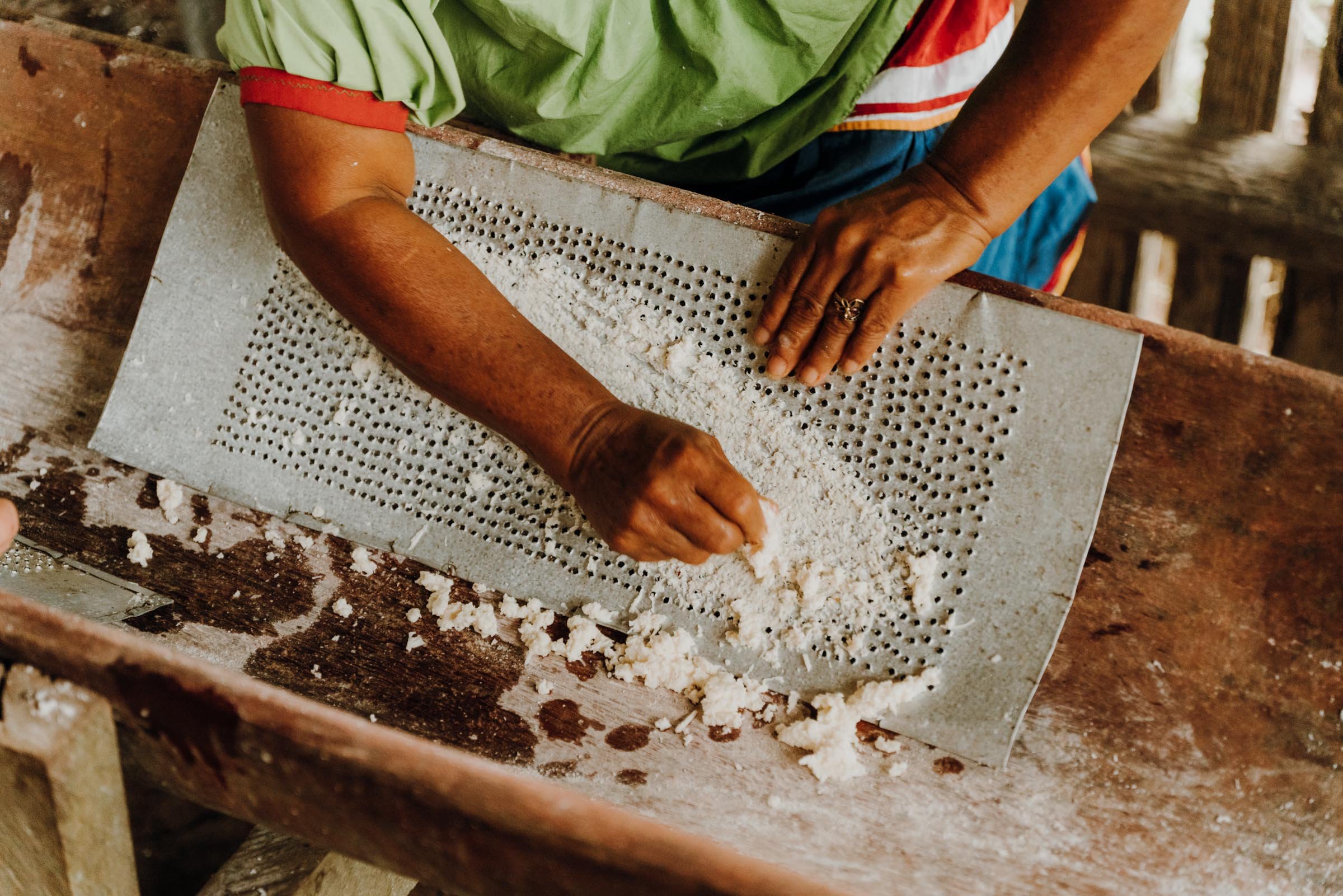
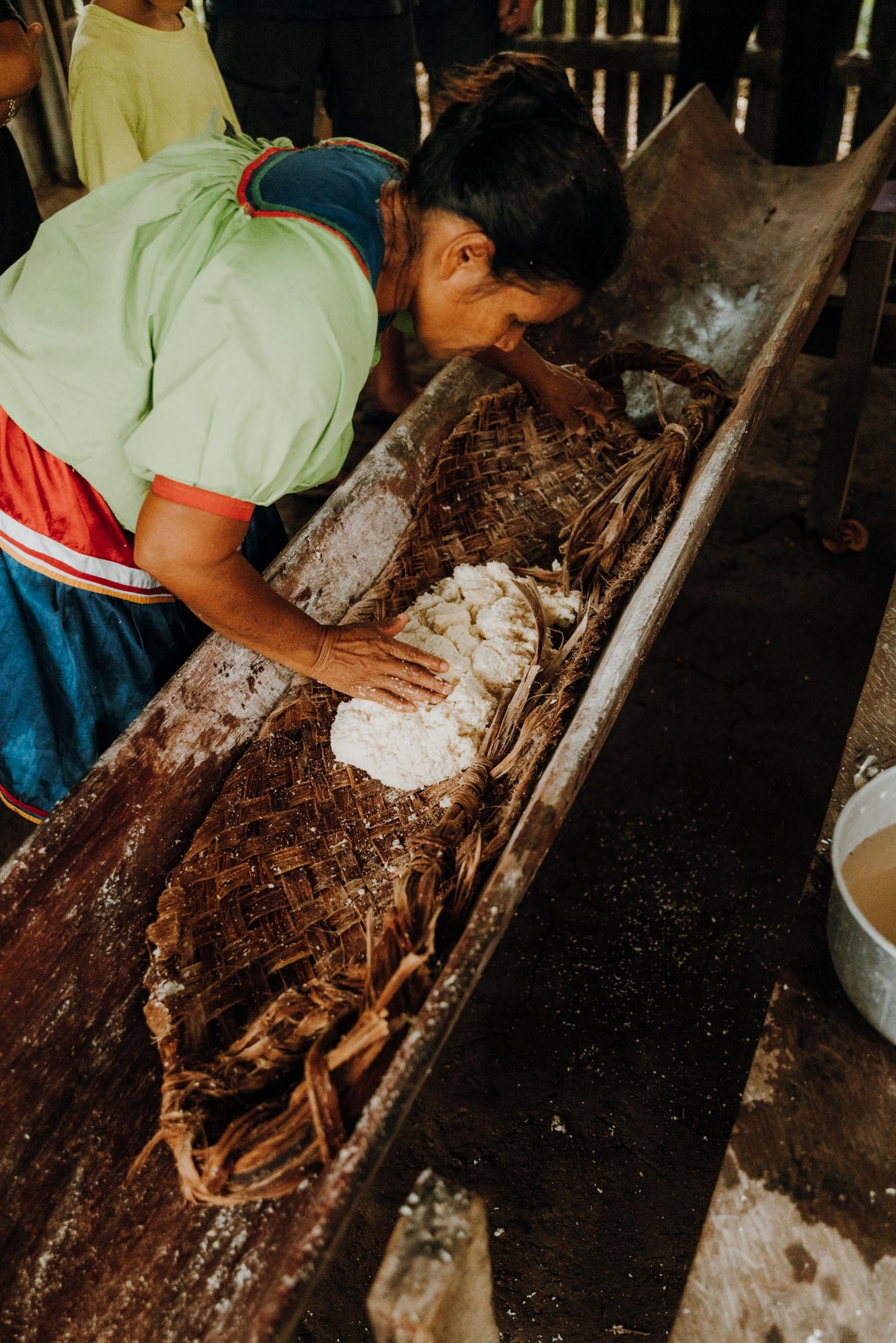
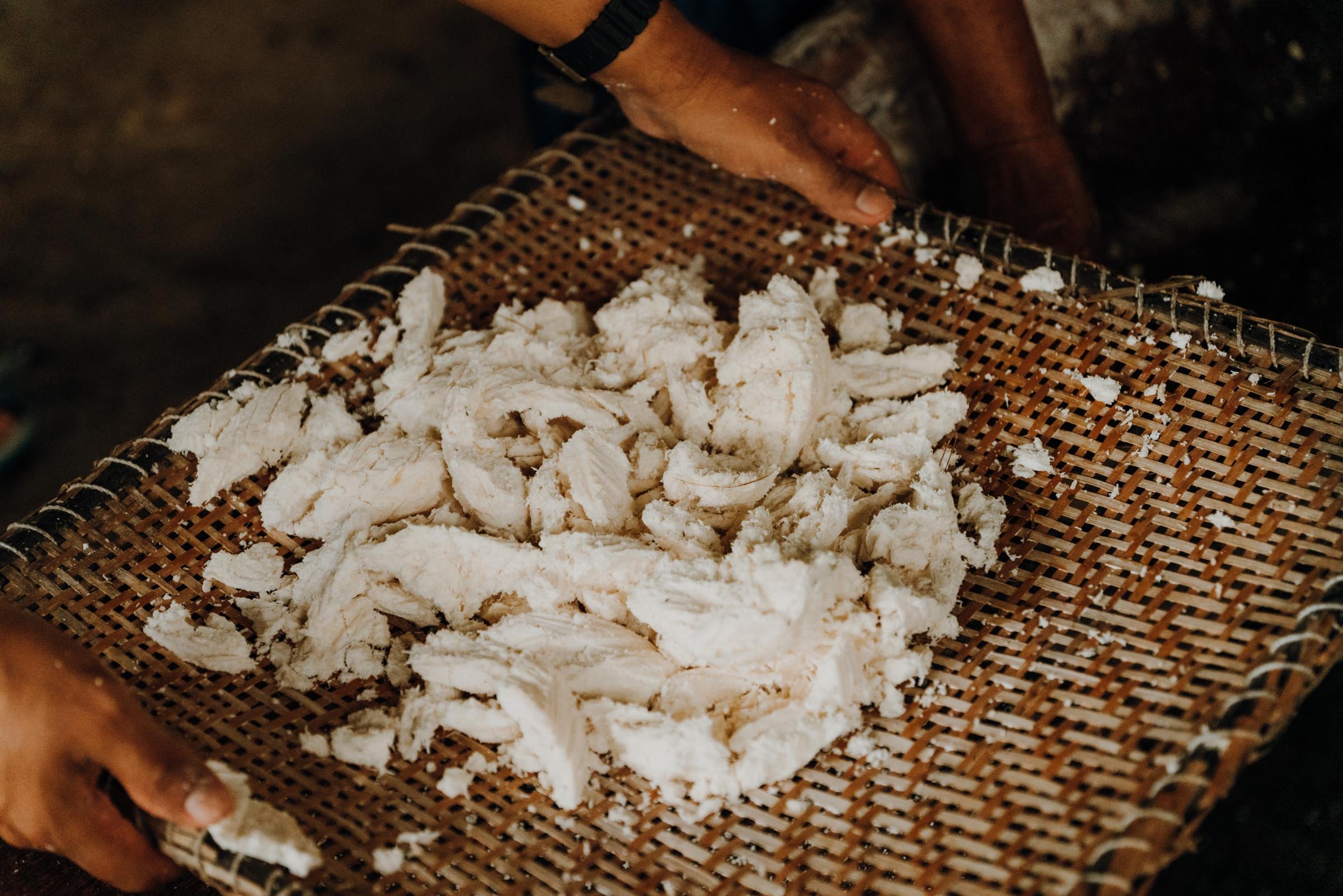
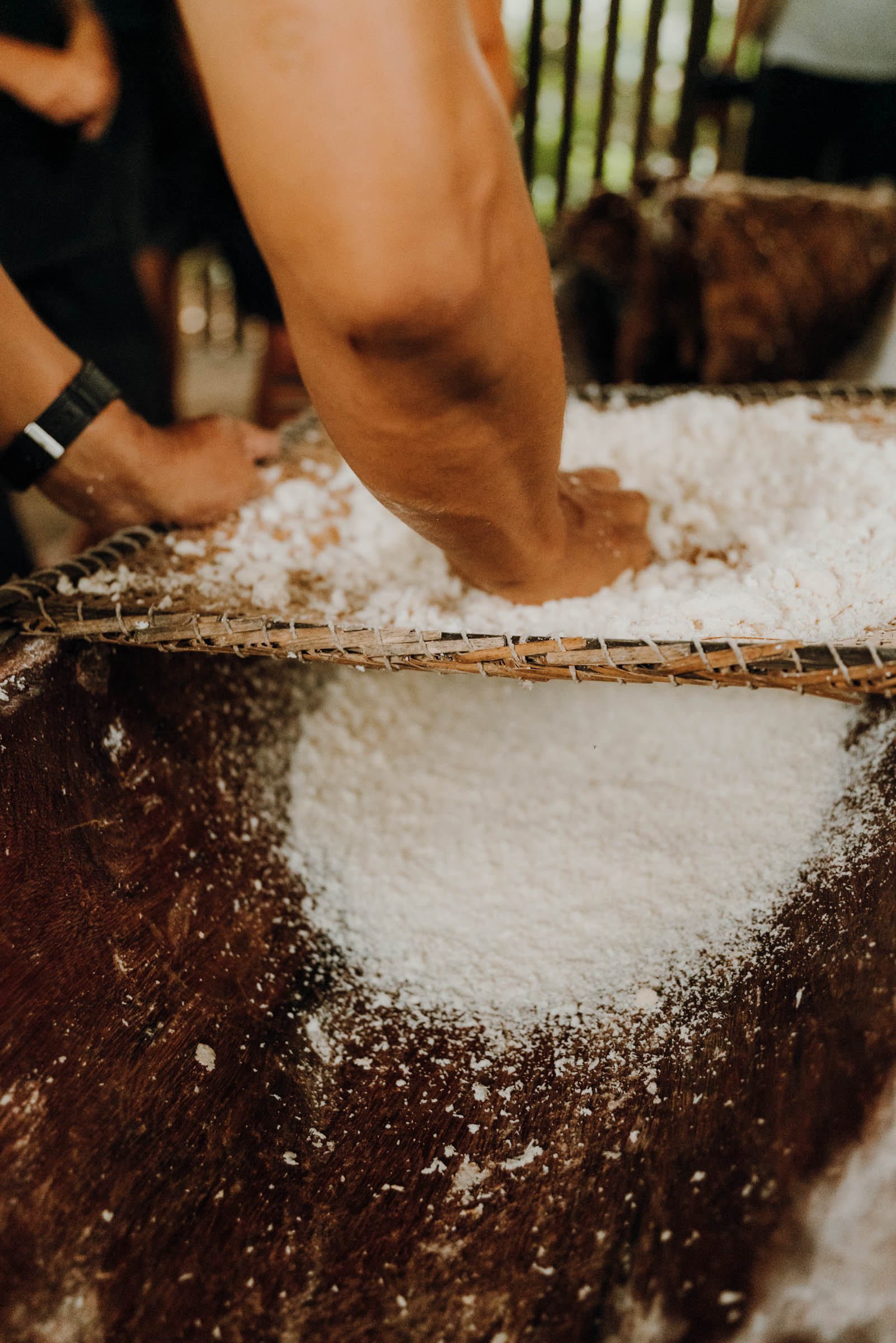
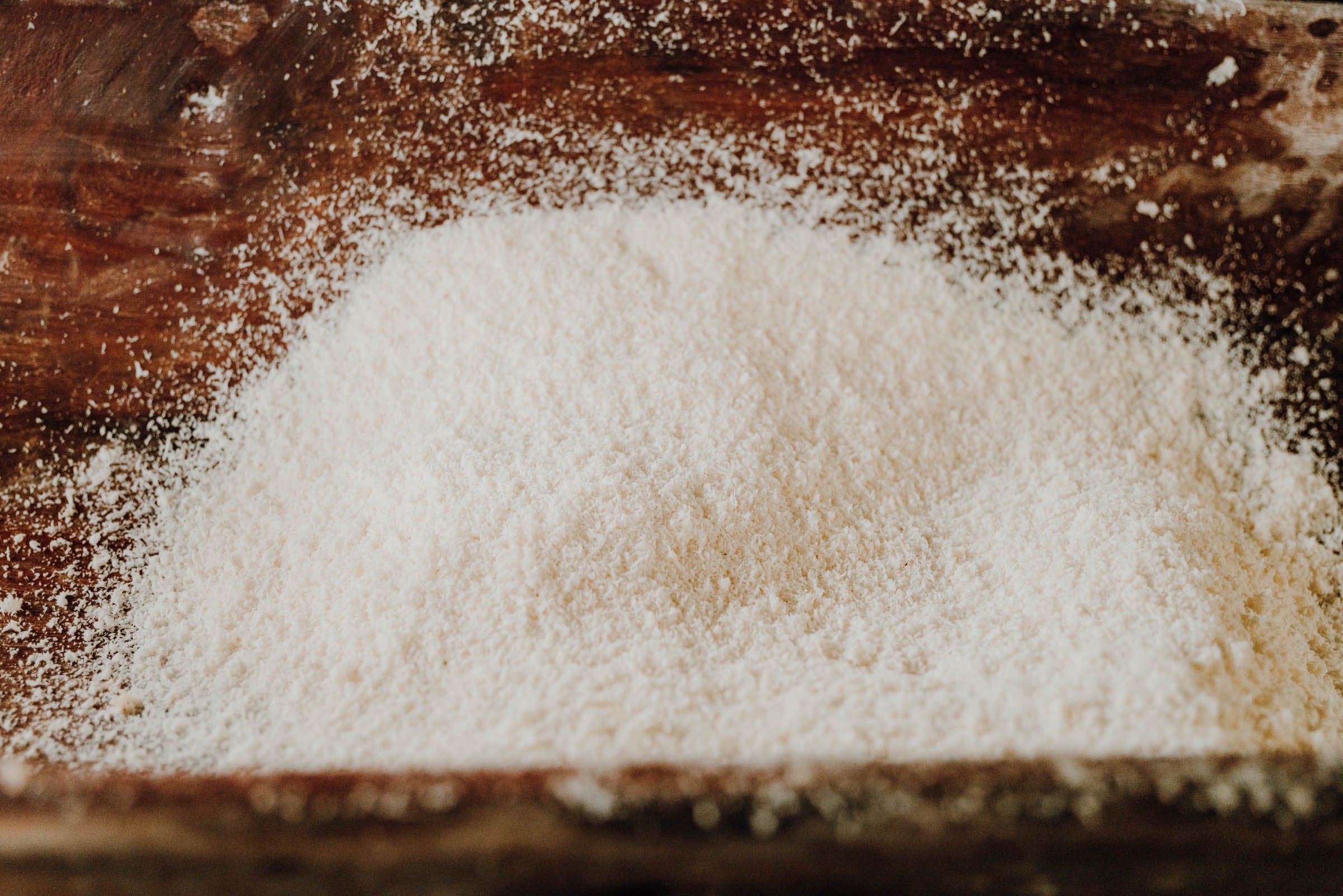
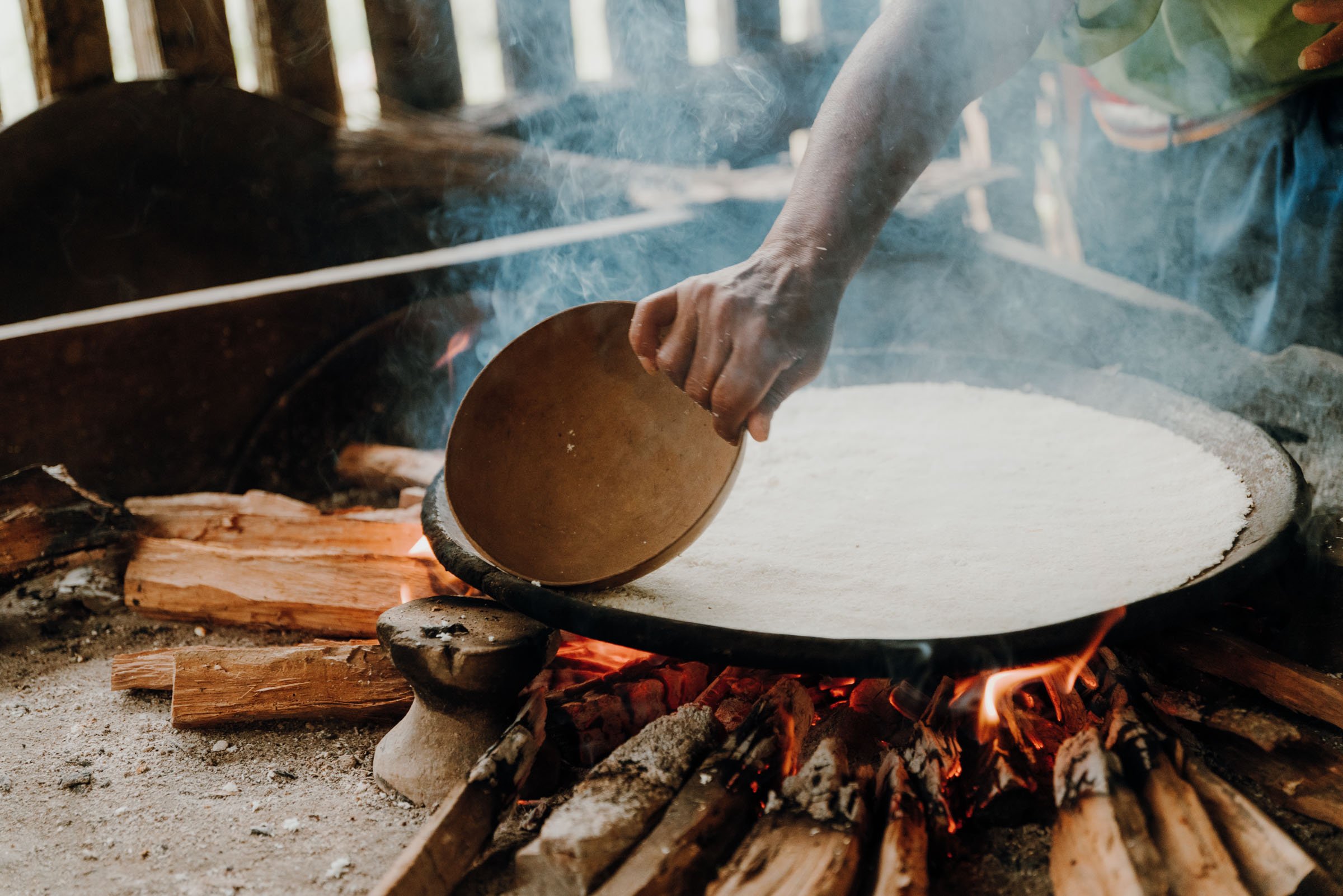
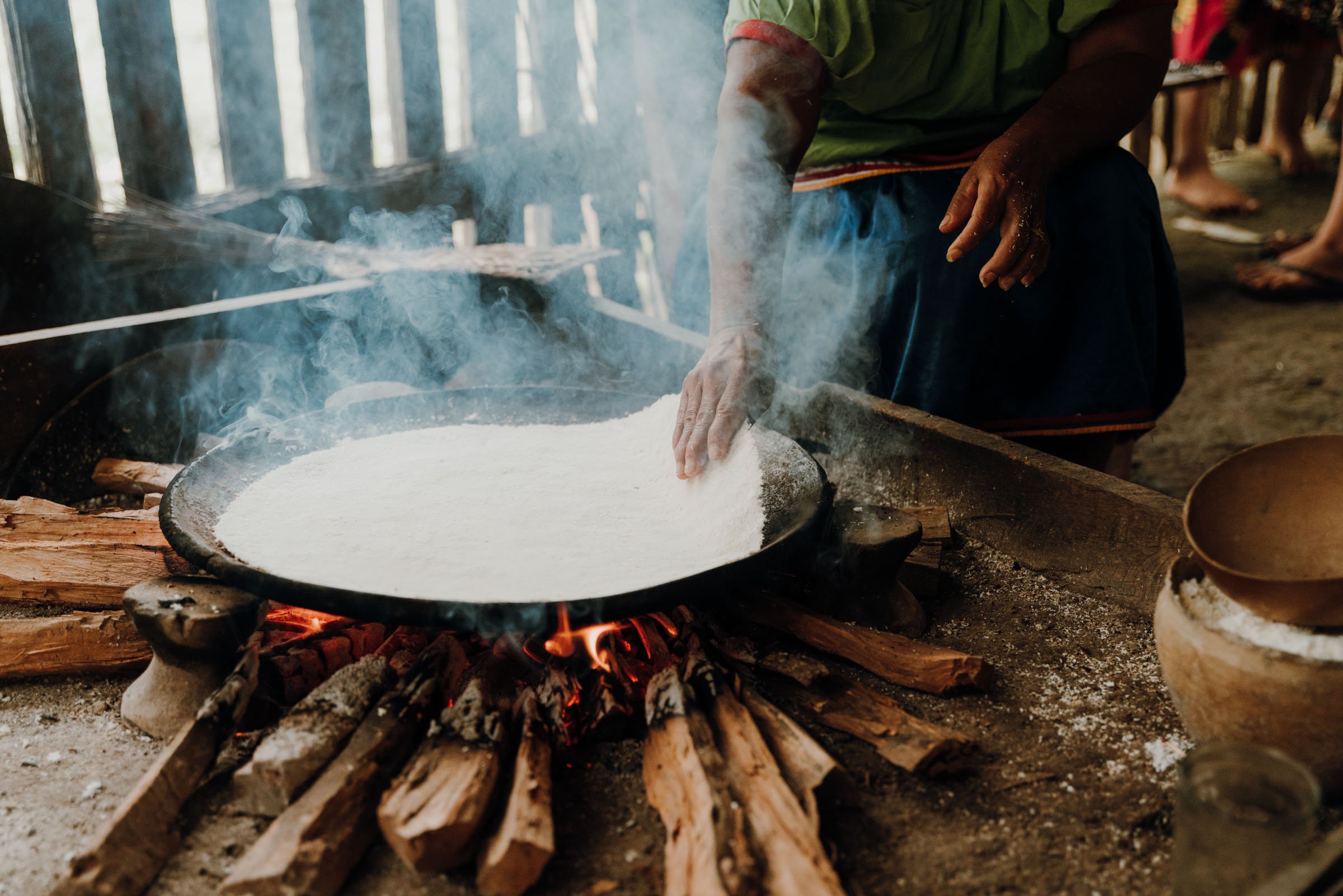
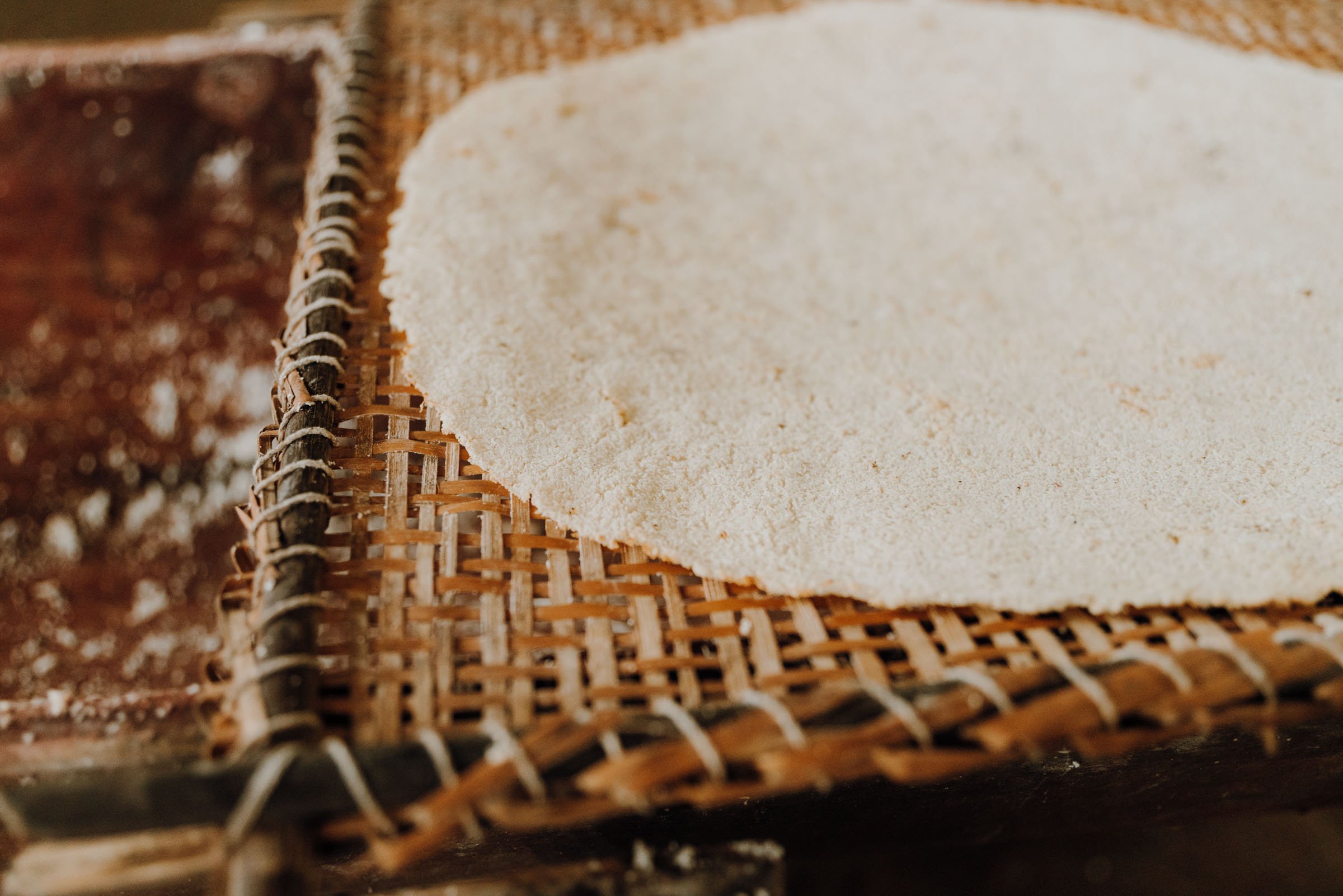
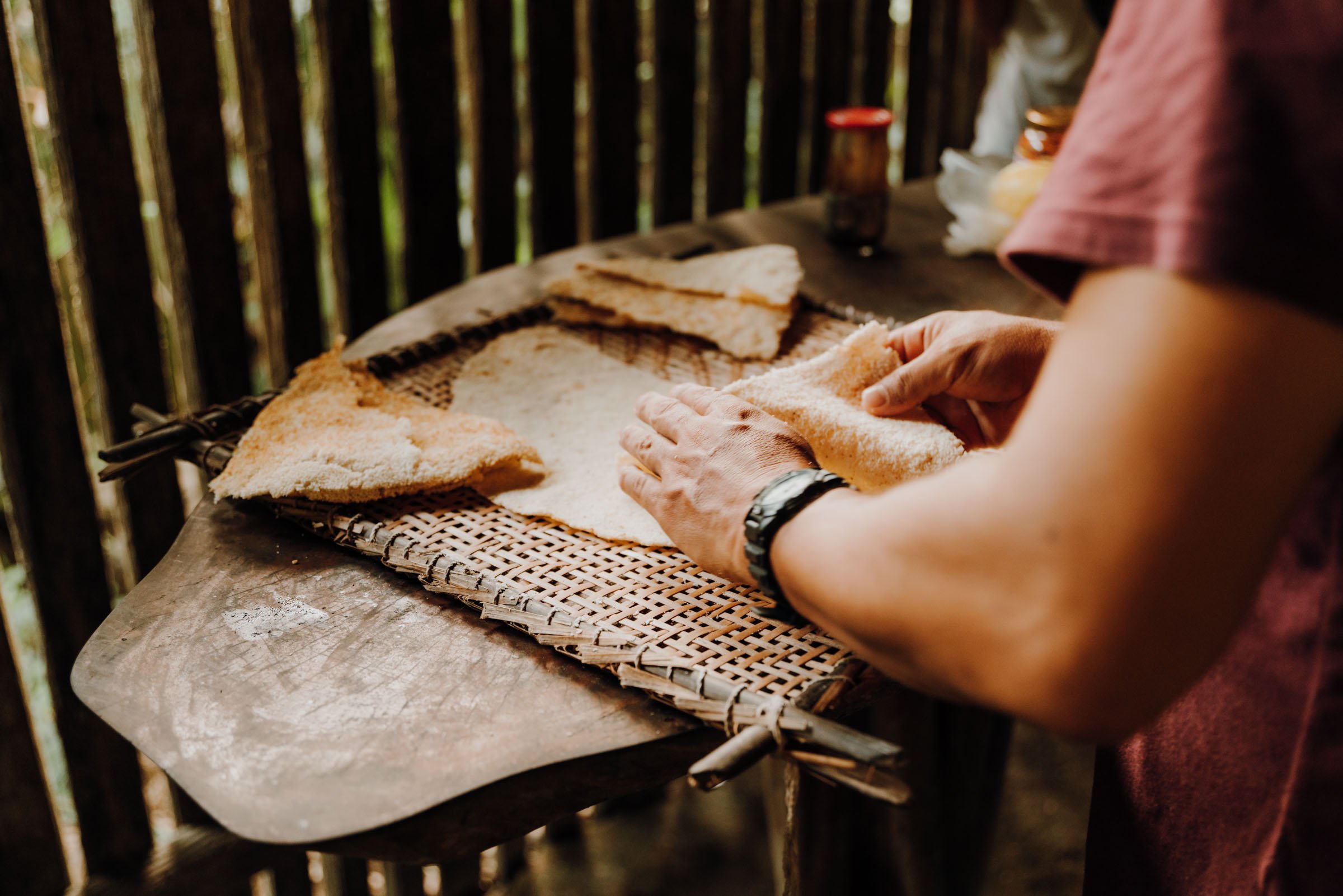
We watched as they wrung out all the juices, packed it into a large pan over the fire, and created a thin patty resembling a tortilla. We cut it up, lathered it in guayaba, and indulged. TASTY! Definitely making this at home.
Willian also brought over some fruit growing on the property for us to try, including Pacay, which is a super sweet, hairy fruit with a large black seed that grows in a massive long and skinny pod. So good.
This activity often isn’t included in your tour cost. Usually $5-$10/person.
Shaman Visit
You’ll also have the opportunity to meet a shaman. He shared what it takes to become a shaman, and their importance to their community. Ayahuasca is a big part of it!
One a year, shamans will drink Ayahuasca everyday for an entire month. They’ll also drink Ayahuasca for their patients to identify their illnesses and determine whether or not they can heal them with an Ayahuasca ritual a few times a month throughout the year.
Here’s what the shaman told us:
Patients must have a purpose before drinking Ayahuasca or the ritual won’t work.
It is STRONGLY encouraged to only drink Ayahuasca when under the supervision of a shaman. They are highly skilled in successfully guiding patients through their spiritual journeys for a positive and enlightening experience.
Patients must fast before drinking Ayahuasca. Failing to do so could end in a bad experience.
The shaman had a small bottle of Ayahuasca with him, which he poured into a coconut cup and passed to us. “Drink it,” he said. We all exchanged glances, a little confused and nervous. He proceeded to tell us that four full cups is what he drinks to start feeling its affects. We could either take a little sip, or dip a finger to have a taste. We’d be fine.
It was a bright orange liquid, derived from a special vine found in the Rainforest, and it tasted tart, earthy, and honestly pretty bad. Even the shaman said so, ha!
After we all had our taste, the shaman proceeded to do a cleansing ritual for a lucky few volunteers. It was mesmerizing to watch.
What to Pack for Ecuador’s Amazon
Hat
Sunglasses
Moisture-wicking short-sleeve shirt
Moisture-wicking tank top
Moisture-wicking long-sleeve shirt (for jungle walks). This Cozy Up Long Sleeve Tee by Prana came in clutch!
Quick-dry shorts (for at the lodge)
Long hiking or moisture-wicking pants. I wore these Eddie Bauer joggers on all my jungle walks!
Bug spray or lotion: I used Sawyer’s Picaridin Lotion. It’s odorless and super strong, which is nice! I’m usually all about eco-friendly products, but I don’t mess around when it comes to malaria.
Sunscreen. Kinfield’s all natural Daily Dew kept my face protected and smelling good too!
Any alcohol. They have a bar with limited choices, but the prices are steep.
Cash for tips! There aren’t ATMs there so plan accordingly!




